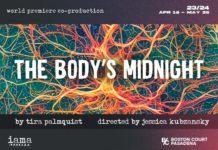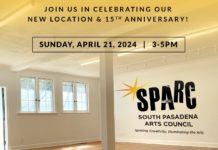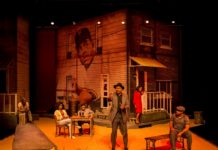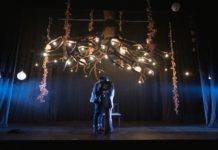
Spring is ending with an early sweet summer breeze – only to be set ablaze at the end of May.
After weathering months of stay-at-home orders, Los Angeles residents are now adapting to the new-new normal – a pandemic lifestyle that includes sporadic mass protests, riots, and curfew. The current state of fear in America is further heightened when people of color must protect themselves from those who are shielded from accountability by the color of authority.
The demand for change is sweeping across our country 100 days after COVID-19 reached our shore. We live in a world less certain, and yet, our country is also facing a period of undeniable clarity during the whiplash phase of a devastating pandemic. What appears to be anarchy in the streets of America is, in fact, a false positive. What is happening now is a political and socioeconomic tremor of more to come.
A peaceful mass protest is a catalyst for change.
The Perfect Storm of Change
The tipping point came from another instance of police brutality captured on a cellphone. In Minneapolis, George Floyd is wearing handcuffs lying face down in the street while a white police officer keeps his knee on his neck – eventually taking his life.
As swiftly as the Santa Ana winds at nightfall, the riots came to the streets of Los Angeles with sacked businesses and LAPD cruisers set on fire.
On Sunday, the National Guard gathered at the steps of L.A. City Hall, facing thousands of people from all walks of life, carrying signs and heavy hearts with a single voice, chanting, “I can’t breathe!”
The majority of the protestors and mass protests are peaceful.
And yet, many Americans live in neighborhoods where violence is commonplace. They hunker down in their homes at night in perpetual pandemic-like confinement behind multiple latched and locked doors, barred windows, and fenced yards. Nothing can stop bullets from the neighborhood – intentional or stray – from entering a peaceful home and injuring or killing its occupants. When city residents can no longer trust the institutions sworn to protect them, it instills a greater fear. For them, the promise of “peace and justice” are only words – the consequence of yet another cop using excessive force in tandem with our justice system, which fails to hold them accountable.
George Floyd pleaded for his life, saying he couldn’t breathe. During the pandemic, the feeling of being unable to breathe is the collective experience of over 110,000 Americans before they succumb to the coronavirus. When we eventually find a way to combat COVID-19, most Americans will no longer worry about breathing because we will no longer fear a deadly virus. The question remains: will we still fear those sworn to protect us?
* * *
The pandemic divides us on a generational level – the elderly with underlying health conditions are most at risk. The disparity among Americans also alienates us on a socioeconomic level with racism and sexism at its core.
The “great divide” between the haves and have nots is once again laid bare for all to see. The sparks of injustice are landing all around us now. They threaten to flare up and continue the slow burn of civil unrest in this country. The great American experiment is being tested once again in a firestorm of opposing ideologies rooted in the inequities of race, gender, and age.


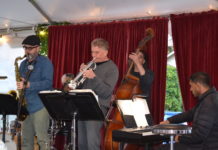


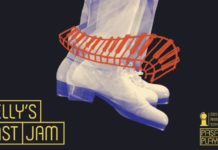

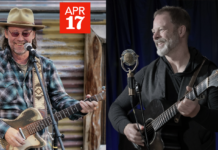
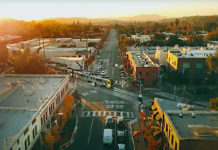
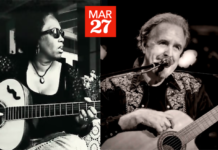
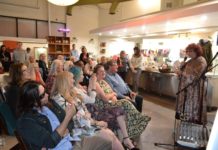
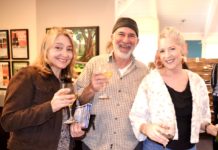

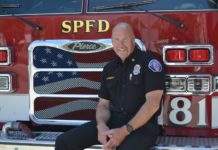

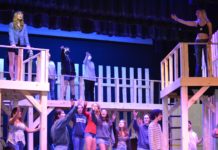
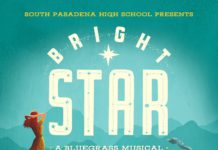
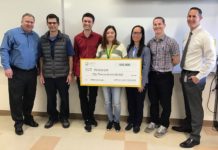


.png)





